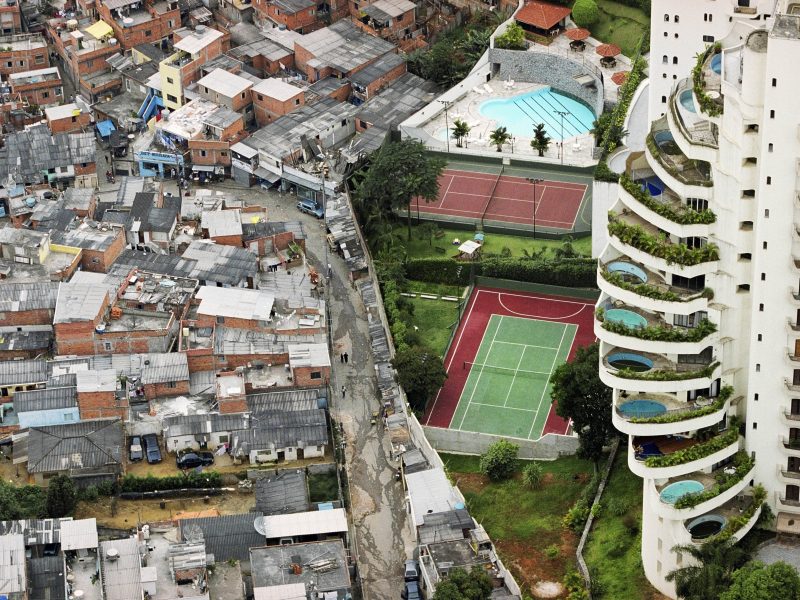The problem: the unprecedented Urban Migration
Over the last several decades, few countries in the world have been untouched by internal or external migration. While crises make the headlines, experts say 70 percent of migrants move to pursue better lives for themselves and their families. Advances in agricultural technology and worsening climate change have exacerbated the economic challenges in rural areas. This dynamic has emptied towns and villages and left cities overcrowded across the globe. In 2018, the United Nations estimated 6 million people were migrating to cities each month. This influx of newcomers to urban areas is unprecedented in the history of humanity.
The result is concentrated poverty, economic desperation and often chaos in many of the world’s cities. This migration also has impacts on our environment: cities consume 80% of global energy, generate 70% of waste and emit 60% of greenhouse gases. Meanwhile, whether in Switzerland or elsewhere in Europe, Latin America or other continents, rural flight to the cities has left many towns and villages all but vacant and struggling to survive. Loss of young people and businesses has put many rural communities into a spiral of decline. Yet amid those shortages are opportunities for growth and development that could revitalize those areas.
We need a balanced demographic population distribution plan to solve cities’ major problems. In other words: a neo-ruralization plan.
To stop unsustainable migration to cities, balance population distribution and ultimately achieve peace in overcrowded urban areas, we need a new vision. It must look beyond cities—which occupy only 4% of the planet’s land area—and instead focus on identifying and unblocking opportunities in the remaining 96% of the planet’s land area. By doing so, we will promote a balanced spatial demographic distribution and help achieve sustainability by decreasing urban populations and reducing resource use. It will bring not only peace to our cities but also prosperous development on our planet.
Neo-ruralisation is thus a vital solution, because the problems facing cities are problems created by overcrowding.
There is a structural breakdown in rural areas
with the technification of the countryside and other economic causes, families in the villages are left without an income.
Families are forced to migrate toward the cities where they often do not find a better future
There is no work, so they undertake subsistence jobs, lacking services and infraestructura
The erroneous assumption that no one wants to live in the villages is installed in the global narrative
It is also assumed that these villages no longer can attract a new population
Due to the lack of alternatives, the migration tendency overwhelms the capacity of the cities, that become overcrowded
Social exclusion is created leading to violence. Internal walls are built.

3 million people per week are forced to leave rural areas (UN 2009). This tendency was considered irreversible.
Governments attempt to provide a solution in the cities (the consequence) instead of facing the real cause. Far from solving the problem of the urbanization of overflowing cities only aggravates it, promoting greater migration movements.
At the same time, the villages that are losing their population
do not know how to visualize their potential or stop the exile of their inhabitants.
With the pandemic, migration to cities has stopped. Rather, it now expels underserved people.
Now, more than ever, the ES VICIS Foundation works intensively for the multiplication of the sustainable migration model, showing opportunities (pull effect) in rural villages.



